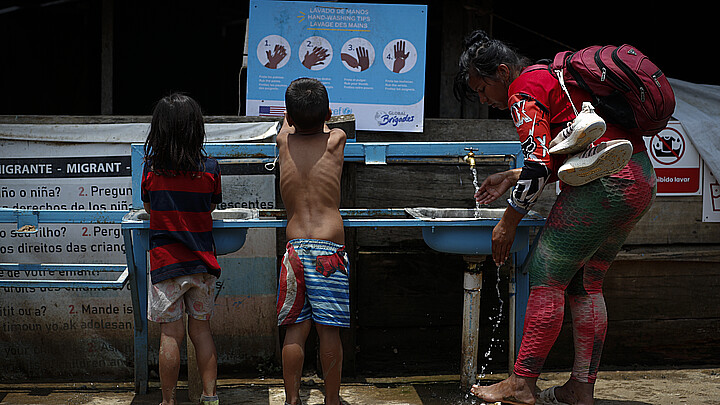Immigration
Quarter million migrants cross Darien Gap in 2023, reaching record-breaking numbers
The United Nations said that if the current trend continues, the number of migrants that have crossed the gap could reach 400,000 by the end of the year

August 1, 2023 9:13am
Updated: August 1, 2023 9:13am
The number of migrants that have crossed the treacherous Darien Gap dividing Central and South America has reached almost 250,000, breaking previous records, officials said last week.
In the first seven months of 2023, almost 248,901 migrants crossed the 165-mile (265 kilometer) jungle dividing Colombia and Panama—the number is already higher than all of the migrants that crossed the gap in the entirety of 2022.
Last year set a record for the number of migrants using the Darien Gap in order to reach the U.S., with 248,284 encounters driven largely by Venezuelan migrants.
July recorded the highest number of crossings, with 52,530 individuals crossing the gap—about 77% more than the crossings seen in June, according to data from Panama’s Security Ministry.
Around 21% of the migrants crossing were children or adolescents, according to the United Nations International Children’s Emergency Fund (UNICEF). About 51% of them are under five years old, said Panamanian migration official Maria Saravia at a press conference.
“Unfortunately, today the record for the total was broken, which had been unprecedented in 2022,” she told the Spanish-language news agency EFE. “We are facing a humanitarian crisis of major proportions.”
The United Nations said that if the current trend continues, the number of migrants that have crossed the gap could reach 400,000 by the end of the year.
The increase in migrant crossings comes despite efforts by the United States, Colombia, and Panama to reduce the number of crossings. In April, the three countries announced an agreement to help curb the unprecedented number of undocumented migrants attempting to cross the Darien Gap by offering alternatives.
The joint statement said the countries will also use “new lawful and flexible pathways for tens of thousands of migrants and refugees as an alternative to irregular migration.”
The plan includes investment in Colombian and Panamanian border communities to reduce poverty and create jobs.










